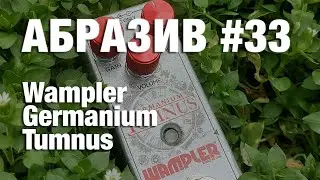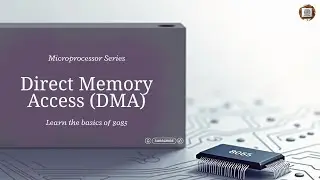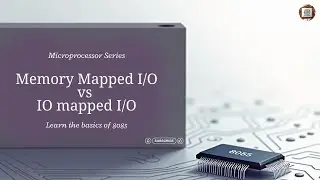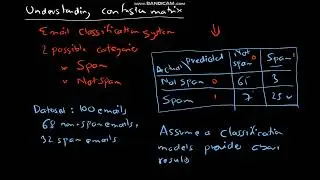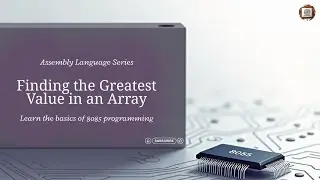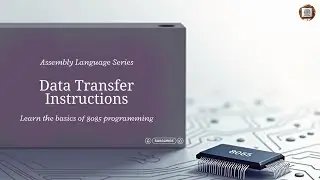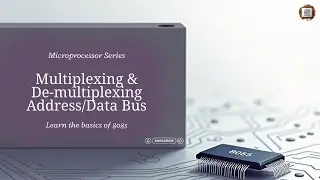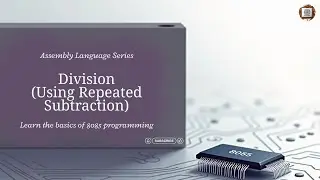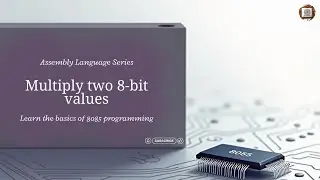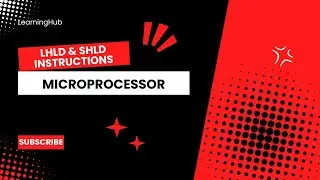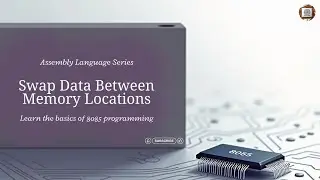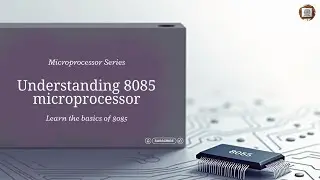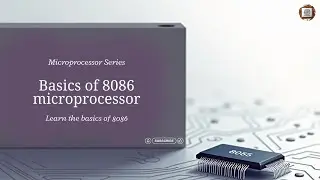Find the Greatest Value in an Array | 8085 programs | Microprocessor
Welcome to our 8085 microprocessor programming tutorial! In this video, we will walk you through a step-by-step guide on how to write a program to find the greatest value in an array stored in memory locations from 2000H to 2005H and store the result in memory location 200AH. This tutorial is perfect for students, hobbyists, and professionals looking to enhance their understanding of 8085 assembly language programming.
What You'll Learn:
Array Handling in 8085: Learn how to work with arrays stored in memory locations.
Comparison Logic: Understand how to compare values and find the greatest value in an array.
Memory Operations: Discover how to load data from and store data into memory locations using 8085 instructions.
Practical Example: Follow a detailed example with clear explanations and code walkthroughs.
Detailed Breakdown:
Introduction to the Problem:
Understand the problem statement: Finding the greatest value in an array stored from 2000H to 2005H and storing it in 200AH.
Initializing the Program:
Set up the starting memory addresses and registers.
Loading Array Elements:
Use instructions to load elements from memory locations 2000H to 2005H into registers.
Comparing Values:
Implement comparison logic to find the greatest value among the loaded elements.
Storing the Result:
Store the greatest value found into the memory location 200AH.
Complete Code Walkthrough:
Follow along as we write and explain each line of code in the 8085 assembly language.
Why Watch This Video:
Comprehensive Guide: Gain a complete understanding of how to solve array-related problems in the 8085 microprocessor.
Clear Explanations: Follow along with easy-to-understand explanations and practical examples.
Hands-On Learning: Enhance your programming skills with hands-on coding experience.
Don't Forget to Subscribe!
If you enjoyed this video and found it helpful, please like, share, and subscribe to our channel for more tutorials on microprocessors, assembly language programming, and more!
Engage with Us:
Comments: Have questions or need further clarification? Drop your queries in the comments section below, and we'll be happy to help!
Suggestions: Let us know what topics you would like us to cover next.



